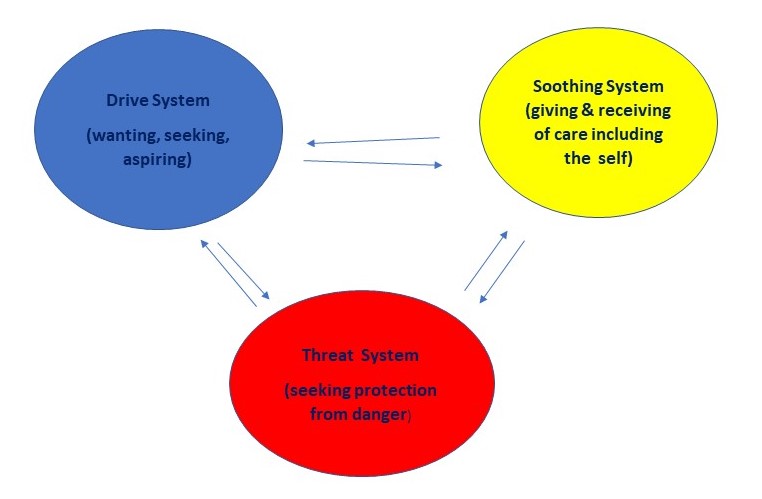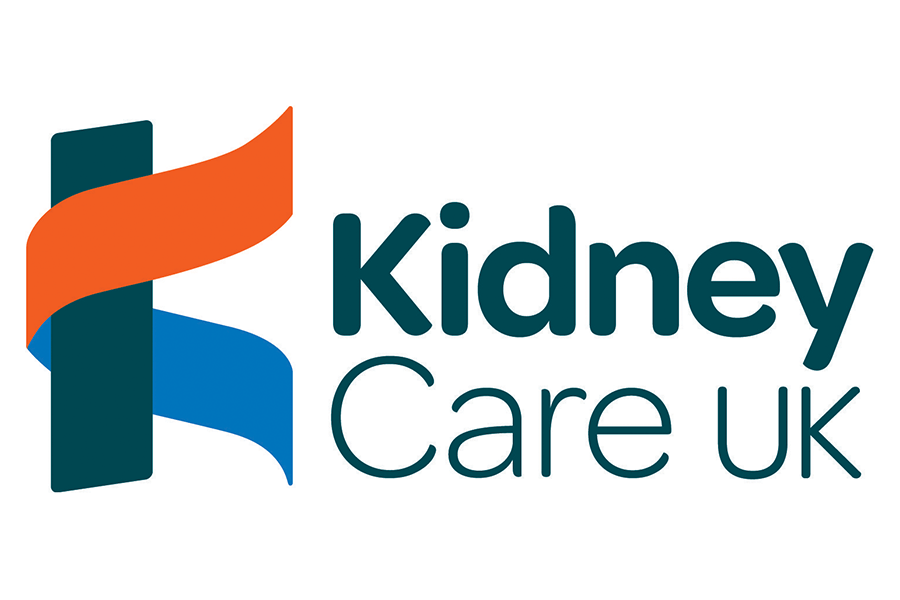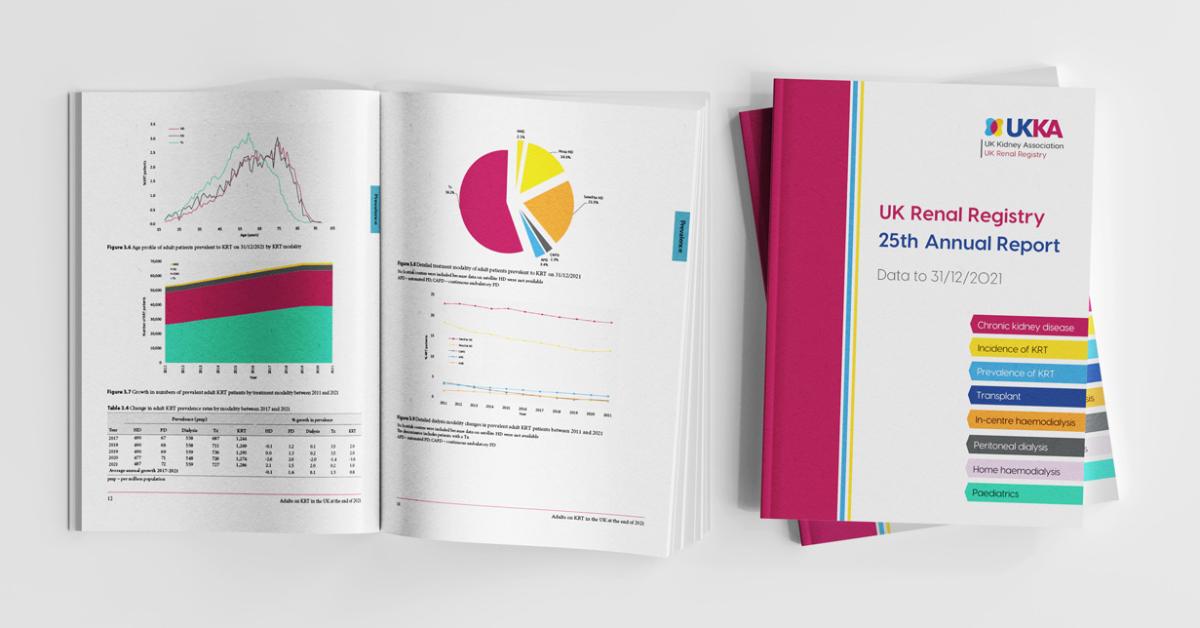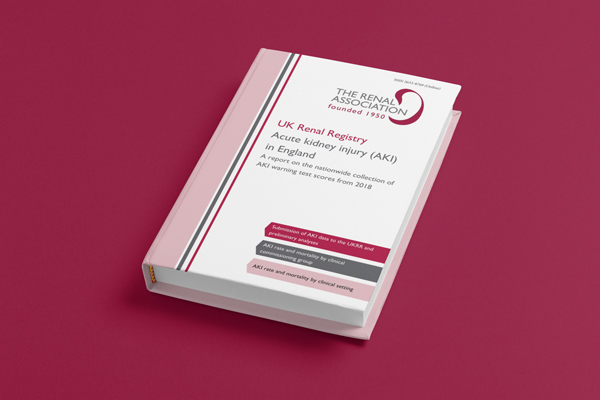COVID-19 pandemic effects on renal dialysis patients in 2020
Amanda Bevin, Renal Counselor, Kent and Canterbury NHS Foundation Trust
Letting it go – put the thought on a leaf; the leaf on a stream or river and watch it float off downstream until it is out of sight
In early March 2020 the UK was catapulted into a completely different way of living and working, no more so noticeable than in the NHS, and specifically the renal dialysis units. Alongside the “normal” routine of three times a week dialysis was now the pressure of how to protect ourselves – patients and staff alike – from a deadly virus in an environment where physical distancing rules and measures to ensure the reduction of transmission would need to be applied on a greater scale.
What changed?
Dialysis units often have a single main entry and exit point with a communal waiting area for those people waiting to come in for dialysis and for those having completed treatment and waiting for transport home. Drop off areas depending on their size can become easily congested with hospital transport cars and ambulances queuing for parking space. This increases human interaction and makes physical distancing even more difficult in confined areas.
Systems were not necessarily in place immediately after “lockdown – or the stay home message” was announced by the government on 23 March 2020. This came later in the form of: clear distinctions between dialysis shifts, limiting cross over in the communal areas; routine triage of patients – symptom and temperature checks by staff outside of the dialysis area; encouraging people to wash their hands or sanitise with hand gels/rub prior to entry into the units.
Recommending the wearing of face masks on hospital transport journeys and limiting the number of patients to two in a vehicle, the drivers also wearing face masks, and cleaning of vehicles between transporting patients. Documentation of who travelled with whom and who dialysed when and where to enable “track & trace” as people tested positive for covid 19. The wearing of PPE and handwashing before or after patient contact for whatever reason; and the cleaning of items used between patients such as BP cuffs, tv remotes, beds, chairs and dialysis machines. Patients were also encouraged to wear face masks within the dialysis area, – local KPA’s providing patients with handmade masks.
Recently swabbing has been introduced, testing patients and staff in order to identify potential sources of transmission. Some units were also able to separate positively tested covid patients from non-covid patients – redeploying staff and patients to other units or shifts. Others because of circumstances had to implement procedures to limit the spread of contact between positive and negative patients dialysing in the same units – separate entrances for positive patients, dialysing in specific side rooms with an identified nurse staying in the room for the entire dialysis session in full PPE and stringent housekeeping / cleaning of the environment post.
Emotional response
As these systems were implemented this helped to allay the fears and anxieties of dialysis patients as they felt they were being protected and their safety was being thought of. They felt at increased risk attending the hospital. Some patients took precautions into their own hands where they could by either walking to dialysis where possible, driving themselves or because family members were available, not relying on hospital transport.
Others reported trying to limit their risk by only attending for dialysis twice a week and this was apparent very early on. Hand gels/liquid became a scarce resource as patients removed bottles for personal use (a sign that anxiety levels were high and patients knew how serious the risk was to them if they contracted the virus) and so hospitals limited the presence of bottles in the work areas which caused tensions to rise amongst people and required sensitive management by staff.
Behaviour of patients changed and altered over time – no longer able to wander around the unit on entry and be sociable interacting with others; this took longer for some people to adapt to and their continued “normal” behaviour caused tension, especially if they chose to not wear face masks and didn’t adhere to physical distancing guidelines within the dialysis areas.
Dialysis patients reported increased anxiety and fear around their own family members continuing to work because they were frontline or NHS workers, as the patient themselves were shielding – initially without guidelines on how to protect themselves. Kidney Care UK produced guidance in April 2020 which was very informative for our renal community as a whole and lobbying by the respective renal MDT organisations along with Kidney Care UK campaigned rightly for the inclusion of dialysis patients in the vulnerable shielding category. Local agencies were then called upon to assist those people without support to purchase foodstuffs and essentials as well as prescription collection. Loss of income has also been an issue for some patients, the local food parcel delivery going some way to ease this distress.
In Kent our unit support group held their first “virtual meeting” in May and participants said they would like monthly meetings for the foreseeable to aid them during this pandemic, being able to connect with others in similar positions was the main consideration.
Coping strategies to support our renal dialysis community
Our plan is to collate the wealth of information available in both written form and online and disseminate this information across the UK for dialysis patients, to units with psycho-social practitioners and those units without, that are supported by Kidney Care UK. This will take the form of psycho-education to explain why patients and their families may be thinking, feeling, behaving in a certain way and what coping strategies they can use now and going forward.
The Theory: P. Gilbert – The Compassionate Mind 2009
There are three emotion systems in our brains – we switch between these systems depending on what is happening in our lives, overuse of one system can be at the detriment of the others. Each system has key motivations, feelings and behaviours related to them.

Putting it into Practise
- Focus on the positive, what can be achieved, not what can’t – for example if someone doesn’t wear a mask in the unit – you can protect yourself with a mask, washing your hands regularly and asking the person to keep their distance in a polite and respectful manner
- Practice self-care by listening to our body’s – what am I noticing now in this moment? Any tensions? If you only have 60 sec or 5 mins – be mindful. Introduce or continue your practice of yoga, tai chi or pilates, using online free classes, introduce mindfulness practice to your life by downloading an app or google
- Routine – plan out your day and include time for activity, rest and nutrition. Ensure good quality sleep – go to bed and get up at the same time each day. Get dressed, don’t stay in night clothes. Try wearing those items of clothing at the back of the wardrobe never worn or wear bright colours. Why not even pamper yourself with a bath, facial, manicure or have a good hair day
- Exercise – we may have to be inventive if we are unable to access the outdoors, engage with tv shows, internet – you-tube or app’s; walking up and down stairs, walking around the garden for the equivalent of X steps or miles usually achieved daily, listening to uplifting music at the same time
- Limit contact with Covid-19 news updates or emails to once a day – view prime minister daily update, but not in the presence of children – try to shield them from worrying or distressing information in relation to the virus
- Book worry time- 5, 10, 15 minutes a day; outside of this write down the worry for later and then “let it go”; use the process of – can I do anything about this issue? If yes, go and do it now; if I can’t now but I can address it tomorrow, then let it go for today and attend to when able; if answer is no – let it go; ask yourself – will any amount of worry time solve this or make it better? If the answer is no – let it go
- Letting it go – put the thought on a leaf; the leaf on a stream or river and watch it float off downstream until it is out of sight
- Socialise using the medium of phone calls, texting, facetime, skype, or online chat rooms – be inventive with socialising online; dress up for dinner as you would if you were going out to a restaurant – have some fun – laughter is the best medicine!






